#African American painter
Text

Jacob Lawrence
Pool Parlor
1942
#jacob lawrence#american artist#american painter#american art#american painting#african american art#African American painter#African American artist#aesthetic#beauty#art on tumblr#modern art#art history#tumblr art#tumblrpic#tumblrpictures#aesthetictumblr#tumblraesthetic
106 notes
·
View notes
Text
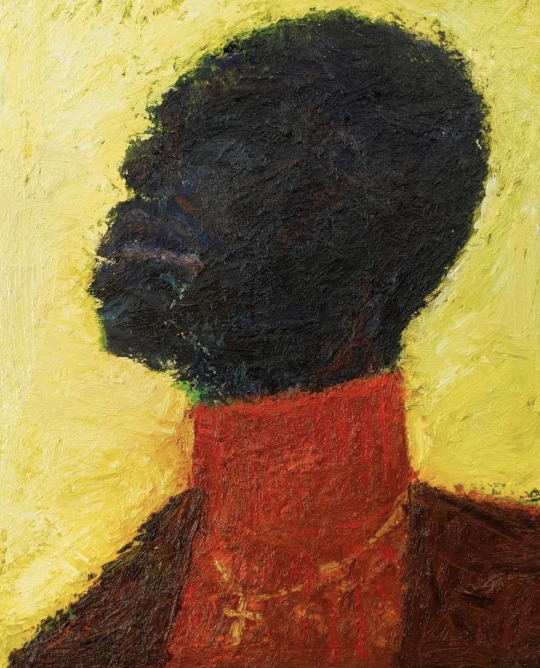

Temi Wynston Edun, “The
Cross and the Sinner,” Oil
and stick on canvas (2023)
#Temi Wynston Edu#African American artist#African American painter#figurative art#figurative abstraction#21 century artist
0 notes
Text
Horace Pippin
The Blue Tiger
#art#painting#paintings#american painter#american painting#american art#american#african american painter#black art#black painter#horace pippin#pippin#arts
0 notes
Photo
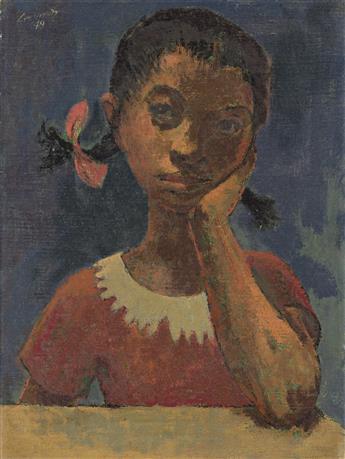
painting by Hughie Lee-Smith
0 notes
Text

Palmer Hayden, The Janitor Who Paints, ca. 1930, repainted after 1940, oil on canvas.
Palmer Hayden was known for his paintings of the African-American scene. In a 1969 interview he described The Janitor Who Paints, created around 1930, as "a sort of protest painting" of his own economic and social standing as well as that of his fellow African-Americans.
The most immediate source for the element of protest that Hayden associated with the work, however, was his friendship with Cloyd Boykin, an older African-American painter who supported himself as a janitor: "I painted it because no one called Boykin the artist. They called him the janitor." Hayden incorporated details such as the beret and the subject of mother and child to reinforce the sense of artistic identity, while the clock alludes to the workman's schedule. (Smithsonian American Art Museum)
Details within the cramped apartment—the duster and the trashcan, for example—point to the janitor's profession; the figure's dapper clothes and beret, much like those Hayden himself wore, point to his artistic pursuits. Hayden's use of perspective was informed by modern art practices, which favored abstraction and simplified forms. He originally exaggerated the figure's facial features, which many of his contemporaries criticized as African-American caricatures, but later altered the painting. He maintained the janitor as the protagonist as it represented larger civil rights issues within the African-American community. (John Ott, "Labored Stereotypes: Palmer Hayden's 'The Janitor Who Paints,'" American Art 22, no.1, Spring 2008).
Photo: Smithsonian American Art Museum
#vintage New York#1930s#Palmer Hayden#African-American art#NYC art#painting#oil painting#painter#Harlem Renaissance#Cloyd Boykin#janitor#Janitor Who Paints
161 notes
·
View notes
Text

Afro Culture, My Culture @woobosco
#african american#blvck shvggy#afrofuturism#black power#afrocentric#african#afro#woo bosco#afro culture#black panther#soul#soul train#soul love#black soul#Jet magazine#black artistry#black painter#afro art#black art#black tumblr#black artist#black woman#hippy#hippie#afro hippy#afro hippie#black culture
93 notes
·
View notes
Photo
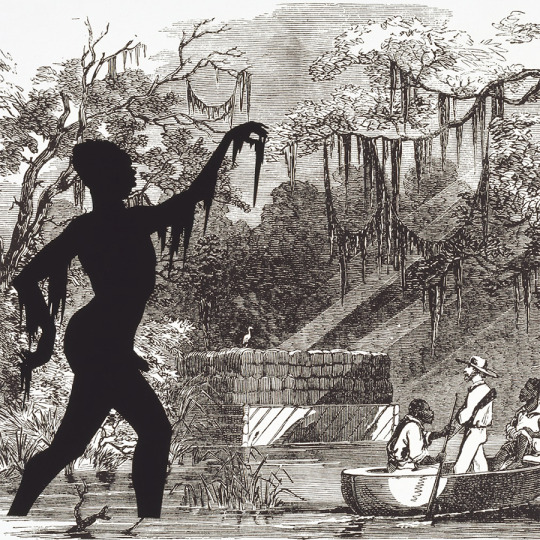
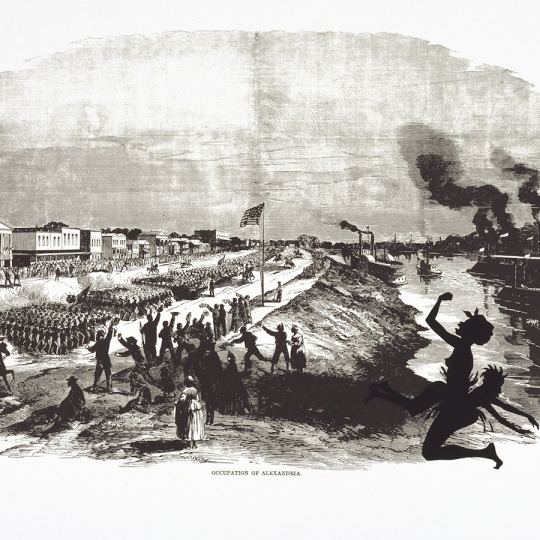

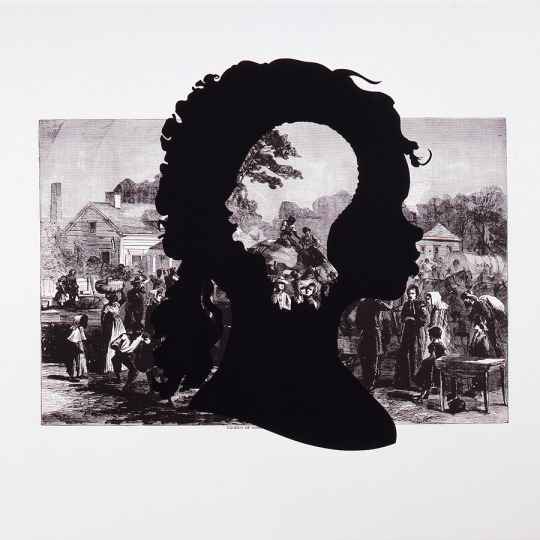


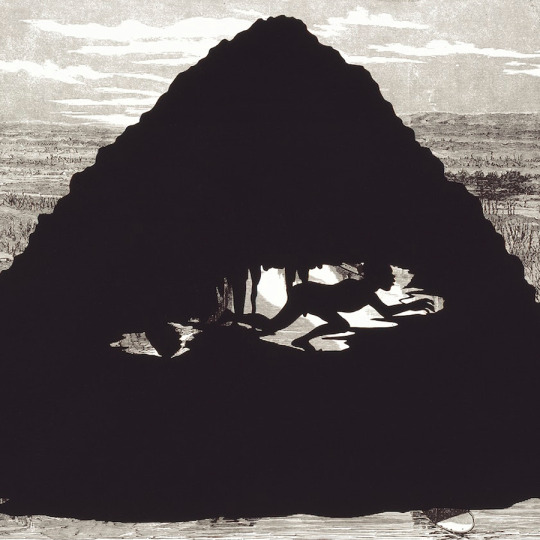
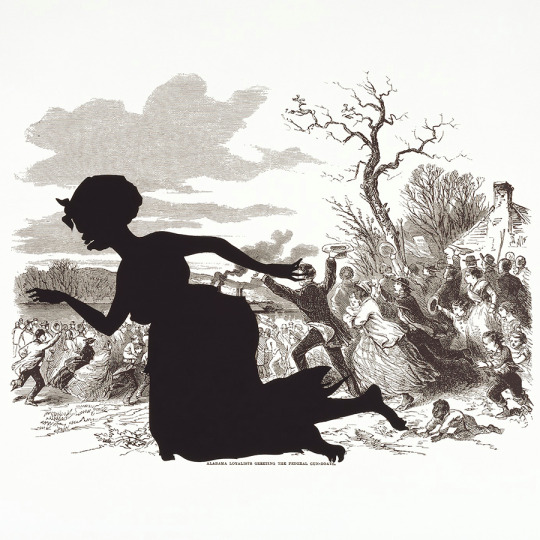

Artist I Like Series
Kara Walker 1969 - ???? an American contemporary painter, silhouettist, print-maker, installation artist, filmmaker, and professor who explores race, gender, sexuality, violence, and identity in her work. She is best known for her room-size tableaux of black cut-paper silhouettes. Walker was awarded a MacArthur fellowship in 1997, at the age of 28, becoming one of the youngest ever recipients of the award. Walker is regarded as among the most prominent and acclaimed Black American artists working today.
#kara walker#20th century art#21st century art#contemporary art#printmaking#painter#female artist#american#african american#artist I like#art history#art#art inspo#fave#petal talks
156 notes
·
View notes
Text

Kadir Nelson (American, b. 1974) • New Yorker cover • February/March, 2015
Celebrated illustrator Kadir Nelson began his career as the lead conceptual artist for Steven Spielberg’s Oscar-nominated 1997 feature, “Amistad.” His works are usually figurative paintings that focus on historical narrative and heroic subjects in American culture. Nelson’s art is often informed by the Old Masters like Henry O. Tanner and displays a realistic technique that incorporates modern urban realism and masterly works of turn-of-the-century American painters.
“ There are hundreds of artists, but my style has been heavily influenced by Norman Rockwell, N.C. Wyeth, Ernie Barnes, Dean Cornwell, Charles White,”explained Nelson, 44. “I like the style, I like their technique, the emotion that comes through their work, the light and shadow, the drama, the use of color and storytelling. ”
— Kadir Nelson
#illustration#art#illustrator#artwork#kadir nelson#magazine cover illustration#new yorker magazine#black artist#african american illustrator#american artist#painter#oil painting#painting#black history month 2024#black art matters#sassafras & moonshine blog#illustration blog
18 notes
·
View notes
Text
Elizabeth Catlett (1915-2012)
Elizabeth Catlett (1915-2012) Sculptor and Graphic Artist #PalianSHOW

View On WordPress
#african american#art#artist#black art#black artist#black herstory#Elizabeth Catlett#herstory#painter#palian show#sculptor
9 notes
·
View notes
Text
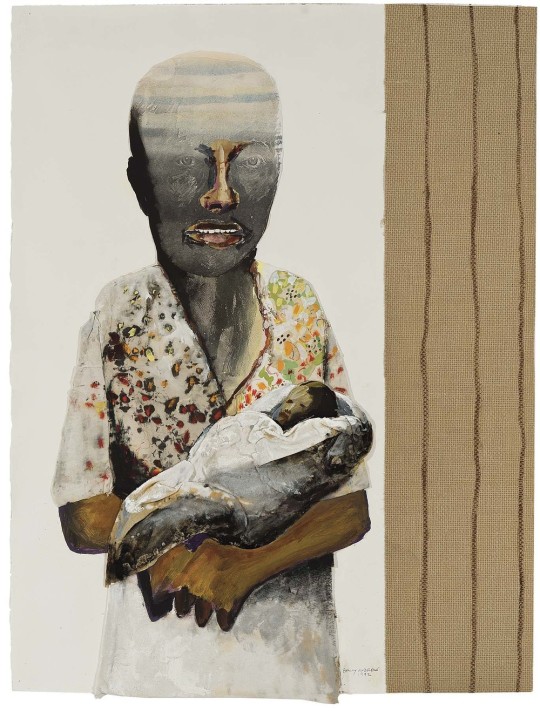
Benny Andrews
Thresh Hold, 1992
Medium: oil,collage
#benny andrews#painter#contemporary art#fine arts#african american art#oil painting#oil on canvas#art#artist#artwork
70 notes
·
View notes
Text

Faith Ringgold, 8 Oct 1930 - 12 Apr 2024, Self-Portrait, 1998
#faith ringgold#american artist#american painter#african american artist#self portrait#portrait#portrait painting#portrait art#portraiture#black artist#black paintings#African American painter#textile artist#woman artist#women artists#modern art#art history#aesthetictumblr#tumblraesthetic#tumblrpic#tumblrpictures#tumblr art#aesthetic#beauty
24 notes
·
View notes
Text

Working in France after 1891, Henry Ossawa Tanner achieved an international reputation largely through his religious paintings. Their deep spirituality reflects Tanner's upbringing as a minister's son as well as the influence of his visits to the Holy Land after 1897.
5 notes
·
View notes
Text

Charles Sebree | Untitled, 1959
7 notes
·
View notes
Text
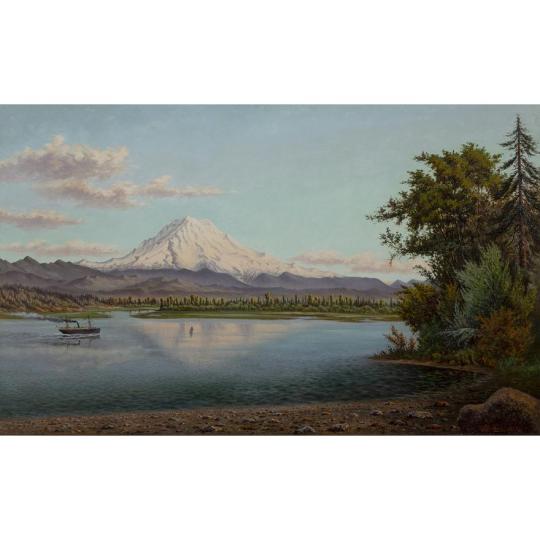
View of Mount Tahoma, later named Mount Rainier--oil on canvas
painting by African American landscape artist Grafton Tyler Brown,
who painted landscapes in California, Oregon, Washington, and British Columbia
#black history month#black painters#african american artists#mount tahoma#mount rainier#landscape painting
8 notes
·
View notes
Text

William H. Johnson, Blind Singer, ca. 1940. Screenprint with tempera additions.
Johnson was among the foremost painters of African-American life during the Harlem Renaissance. Born in South Carolina and educated in fine arts in New York and Provincetown, Johnson spent most of his time from the mid-1920s to the late 1930s in Europe, where he was influenced by Post-Impressionism and Expressionism. After achieving critical acclaim abroad, he returned to New York permanently in 1938 under the threat of war and with a desire to reconnect to his roots. The move produced a dramatic change in his work. Assigned by the government's Works Progress Administration to teach at the Harlem Community Art Center, Johnson became immersed in the sights, sounds, and people of New York's African-American community, which he captured in compositions of flat shapes, patterned designs, and brilliant colors that were distinctly modernist in their simplicity and directness.
During his lifetime, Johnson created more than seventy-five prints. While in Europe he produced woodcuts and linoleum cuts, usually with hand coloring, inspired by the raw power of German Expressionism. After returning to New York, he took up screenprint and pochoir, techniques that suited his new embrace of simplified forms and bold colors. He printed these works on assorted found papers and often completed his images by hand with tempera, making each print slightly different from the next. He frequently experimented with subjects by printing compositional variants and also rendering them in drawing and painting, each format enriching the other, but with the printed versions the most simplified of all.
Notable among Johnson's New York prints are those that capture the essence of Harlem's fashion, music, and dance. This print, entitled Blind Singer, shows a pair of musicians in an open-air performance that was common on the city's bustling streets. The composition's flatness, pure color, and orchestrated angularity endow this still image with a sense of rhythmic motion and dynamic energy.
--Judy Hecker, in Deborah Wye, Artists and Prints: Masterworks from The Museum of Modern Art
Photo & text: MoMA
#vintage New York#1940s#William H. Johnson#painter#painting#Harlem Renaissance#Black painters#African-American artist#printmaker#vintage Harlem#Harlem culture
32 notes
·
View notes
Text



@woobosco art
Sold 3 paintings and been feeling on fire ever since then!
See more art at @woobosco Instagram.
#afrocentric#black power#african american#afro#woo bosco#afrofuturism#african#afro culture#black panther#blvck shvggy#aa culture#africa#Loc God#Painter#painting#oil painting#black man#black history#black hippie#black hippy#afro love#gospel fest#Chicago artist#digital art#contemporary art#contemporary artist#contemporary design#soul#soulaan#soulaana
86 notes
·
View notes